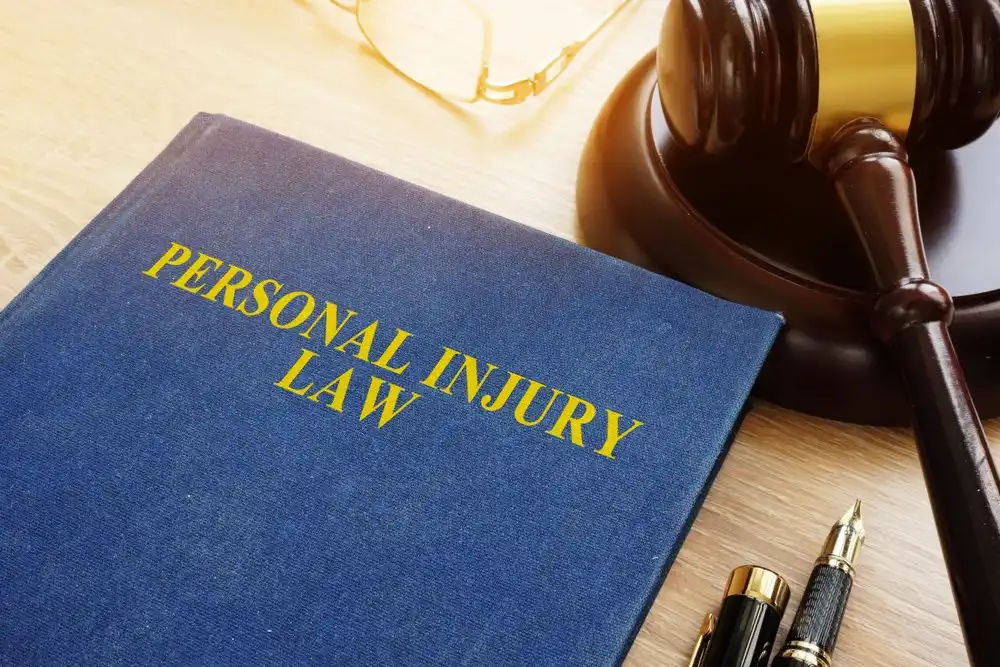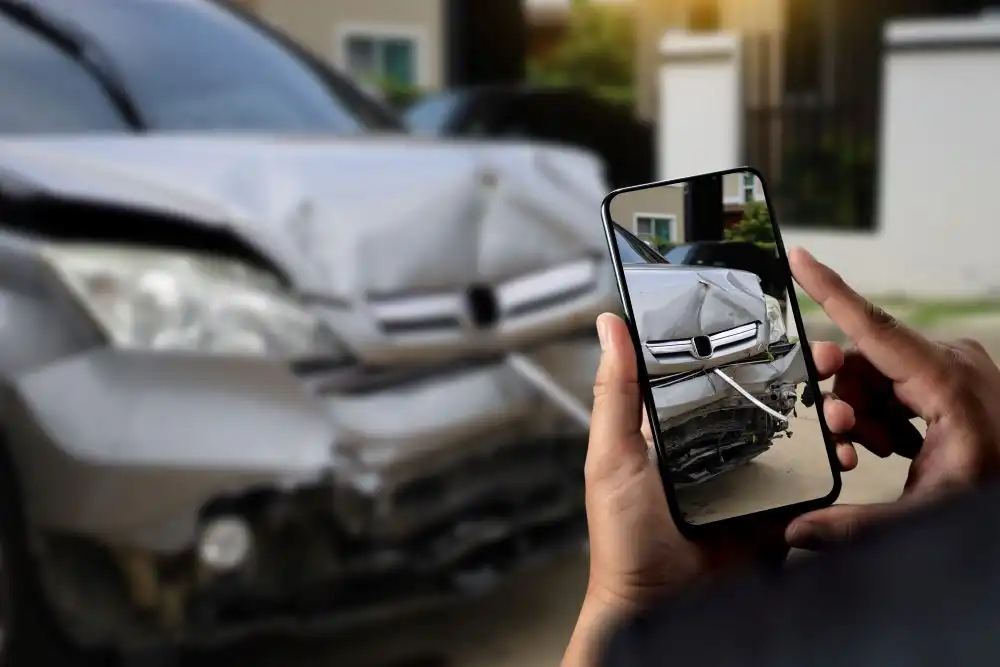Personal injury accidents can happen unexpectedly, leaving victims dealing with physical pain, emotional trauma, and financial hardship. If you’ve been involved in a personal injury accident in California, understanding the state’s laws can help you navigate the complex legal system, protect your rights, and secure the compensation you deserve. Whether you’ve been in a car accident, suffered a slip-and-fall injury, or experienced a workplace accident, this guide will help you understand how California’s personal injury laws work and what steps you can take after an accident.
1. What is Personal Injury Law?
Personal injury law, also known as tort law, covers accidents or incidents where one person’s actions (or negligence) cause harm or injury to another. The goal of personal injury law is to compensate the victim for their injuries, lost wages, pain and suffering, and other damages. In California, personal injury cases are governed by both state laws and common law principles that help determine liability and the extent of compensation.
2. California’s Comparative Fault Rule
One of the key aspects of personal injury law in California is its comparative fault system. California follows a “pure comparative negligence” rule, which means that even if you were partially at fault for the accident, you may still be entitled to compensation. However, your compensation will be reduced by the percentage of fault attributed to you.
Example:
If you were involved in a car accident and found to be 30% at fault, and your total damages are $100,000, you could still recover $70,000 (the total damages minus your percentage of fault).
This rule allows victims to recover compensation even if they were partially responsible, as long as they were not completely at fault for the accident.
3. Statute of Limitations for Personal Injury Claims
In California, there is a time limit within which you must file a personal injury claim, known as the statute of limitations. For most personal injury cases, you have two years from the date of the accident or injury to file a lawsuit. If the injury was not discovered immediately (as in some medical malpractice cases), the statute of limitations may begin at the time the injury was discovered, not when the accident occurred.
Why It’s Important:
-
If you miss this two-year deadline, you could lose your right to file a lawsuit and seek compensation for your injuries.
-
However, some cases—such as those involving government entities—may have shorter filing deadlines, so it’s important to consult with an attorney as soon as possible to ensure you don’t miss your window for action.
4. Liability in Personal Injury Cases
To win a personal injury case in California, the plaintiff (the injured party) must prove that the defendant (the party being sued) is legally liable for the accident and that their actions (or negligence) directly caused the injury. Liability can arise in many different situations, such as:
1. Car Accidents:
In California, the person who caused the accident (whether through negligence, distraction, or recklessness) is generally held liable for the victim’s injuries and damages. California uses a fault-based system for car accidents, meaning the at-fault driver’s insurance will typically cover the damages to the victim.
2. Premises Liability (Slip and Fall Accidents):
Property owners have a duty to maintain their premises in a safe condition. If a property owner fails to fix dangerous conditions (like slippery floors or broken sidewalks) and someone is injured, the property owner may be held liable under premises liability laws.
3. Workplace Accidents:
In California, workers who are injured on the job are typically entitled to workers’ compensation benefits. However, in some cases where third parties are responsible (such as defective equipment or negligence by someone outside the employer), an injured worker may pursue a personal injury lawsuit in addition to workers’ compensation.
4. Product Liability:
If an injury is caused by a defective product, the manufacturer, distributor, or retailer can be held liable under product liability laws. This applies to any product defect—whether design flaws, manufacturing defects, or a failure to warn of potential hazards.
5. Damages You Can Recover in a Personal Injury Case
In a personal injury case in California, you may be entitled to several types of damages, which may include:
1. Economic Damages:
Economic damages compensate for measurable losses, such as:
-
Medical expenses (hospital bills, surgery costs, physical therapy)
-
Lost wages (for time missed from work due to the injury)
-
Future lost earnings (if the injury impacts your ability to work in the future)
-
Property damage (for repair or replacement of damaged property)
2. Non-Economic Damages:
Non-economic damages are intended to compensate for intangible losses, such as:
-
Pain and suffering (physical and emotional distress caused by the injury)
-
Emotional distress (anxiety, depression, PTSD)
-
Loss of enjoyment of life (if the injury limits your ability to engage in activities you once enjoyed)
-
Loss of consortium (for spouses or family members who have lost companionship or intimacy due to the injury)
3. Punitive Damages:
Punitive damages are rare and are awarded in cases where the defendant’s actions were particularly egregious or reckless. For example, if the defendant was under the influence of alcohol or drugs at the time of the accident, the court may award punitive damages to punish the wrongdoer and deter similar actions in the future.
6. How Fault Is Determined in Personal Injury Cases
In California, the determination of fault depends on the specific facts of the case. For example:
-
In car accidents, police reports, witness statements, and accident reconstruction experts may help establish fault.
-
In slip-and-fall accidents, the property owner’s negligence (such as failing to repair a broken sidewalk or not putting up a warning sign for a wet floor) may be the key factor.
-
In product liability cases, expert testimony may be used to determine whether the product was defectively designed or manufactured.
Often, a personal injury lawyer will work with experts and gather evidence to establish fault and strengthen your case.
7. How to Protect Your Rights After an Accident
To protect your rights and ensure the best outcome for your personal injury claim, consider the following steps:
-
Seek Medical Attention Immediately: Even if your injuries don’t seem serious, it’s crucial to get a medical evaluation. Some injuries may not show symptoms right away.
-
Document the Incident: Take pictures of the accident scene, gather witness statements, and keep detailed records of your injuries and treatments.
-
Notify Your Insurance Company: Inform your insurance company about the accident, but be careful not to admit fault or provide too much detail that may hurt your case.
-
Consult with a Personal Injury Lawyer: An experienced lawyer can help you navigate the complex legal process, negotiate with insurance companies, and fight for the compensation you deserve.
8. Why You Need a California Personal Injury Lawyer
The personal injury process can be overwhelming, especially when dealing with serious injuries, insurance companies, and medical bills. Having a knowledgeable California personal injury lawyer on your side can make a world of difference. They can:
-
Help you understand your rights and the legal process
-
Assist in gathering evidence and building a strong case
-
Negotiate with insurance companies to ensure a fair settlement
-
Take your case to court if necessary to fight for the compensation you deserve
Conclusion
If you’ve been involved in a personal injury accident in California, it’s essential to understand your rights under state law. From the statute of limitations to what damages you can recover, California’s laws provide several avenues to help you secure compensation for your injuries and losses. To navigate this complex process, consider consulting with an experienced personal injury lawyer who can guide you every step of the way.




